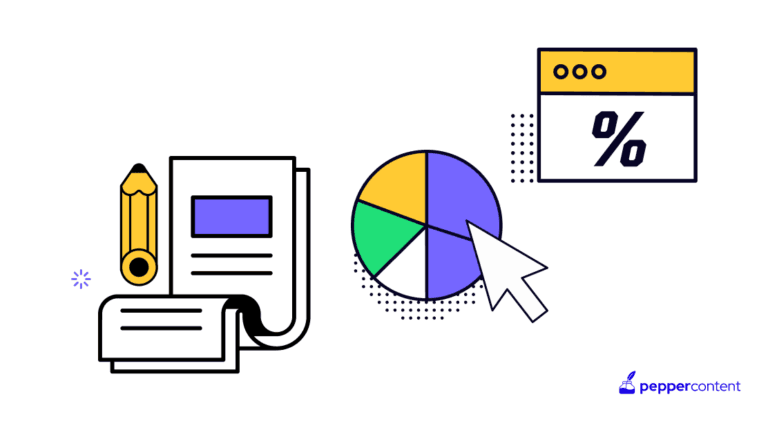
Good quality translations should communicate not just the right words but also the message and tone as accurately as possible.
On the other hand, poor-quality translations can have disastrous impacts. Imagine a translation error in a medical kit; it can be life-threatening. A classic example of an error in translation is that of the HSBC bank.
A few years back, one of its marketing campaigns overlooked the quality of translation and ended up spending $10 million on a rebranding campaign. Here, the tagline ‘Assume Nothing’ was mistranslated as ‘Do Nothing’!
While this was big, even a small error in translation can cost your company millions. Thus, ensuring high quality translation is essential. Professional companies, with multiple levels of translation control, scrutinize translations from top to bottom and thus should be preferred over unestablished translators and services.

Why Quality Control Matters in Translation
Translation quality is the key factor that defines good translation. While translating, it is critical to ensure that tone, quality, and consistency are maintained throughout the document.
Translation quality control ensures that the translated document provides the same meaning as the original document. Errors in accuracy or poorly translated documents are known to have negative and sometimes serious consequences. They can also lead to legal hassles, tarnished brand image, or unsuccessful deals and contracts.
Quality control in translation is a procedure designed to ensure that quality standards are adhered to. It is considered the lifeblood, without which the product or document will not perform its required function.

Key Metrics For High Quality Translation
Every professional company offering translation services should have a dedicated translation quality control program. This will ensure flawless translations that will also meet clients’ expectations. Here are the seven key metrics for effective high quality translation:
1. Understanding the requirement
All translation documents differ. For providing high quality translation, you are also expected to understand the brief from the client’s perspective. The translation may be region or country specific. To do justice to the translation quality, you must have a basic understanding of that region’s culture, habits, tone, etc., to meet the set expectations. The expressions and words used should align with the target audience. If, as a translator, you are fluent in the language that you are required to translate, it will be an added advantage.
2. Checking facts
It is imperative to keep the culture-specific aspects correct. Certain formats, like dates, which vary from region to region, fit the target audience. During translation control, ensure that you preserve the original style.
Some common mistakes during translation quality control are numerical mismatches, addresses, inconsistent terminology, etc. Even when using a tool like computer-assisted translation (CAT) for translation, these may need QC checks.
3. Revising your content
In a professional translation service, there can be no scope for grammatical and spelling errors. During translation quality control, you should ensure that the correct terminology is used and check that they are used consistently.
The meaning and style of the text shouldn’t change in translation. Sometimes, basic linguistic mistakes can make it impossible to decipher or can even change the original meaning itself.
4. Checking formats
Issues with the format during translation are one of the most common mistakes. However, these can lead to bigger incompatibility issues if the target region’s format differs. Some key pointers may get misinterpreted if the correct format is not followed in a few areas, especially when dealing with date format and measurement units. Thus, compatibility with the region’s or country’s format is key during translation control.
5. Using back translation
Also known as reverse translation, the process of re-translating the content from the target language to its original language is called back translation. This becomes especially important in some cases when dealing with languages that read from right to left. Back translation ensures that the quality of translation is accurate.
This process also helps in technical translations, where it is critical for the information to be translated accurately. The process may take a little time but is less grueling than the original translation and ensures translation control. A poor translation can confuse the audience and even offend them sometimes.
6. QC checklists
It is imperative to go through the translation quality control checklist before submission. This will guarantee that you have followed every step of the quality control. Create a comprehensive checklist to be used by your team every time they complete translation work. This will also ensure you do not miss out on any specific project’s instructions and adhere to the formats and specifications.
7. Using translator tools
Various CAT (Computer Aided Translation) tools help with reused expressions and proper nouns. The type of tool used will depend on the characteristics of the translated document. CATs require certain coding and auto-formatting features. They also provide style guides and glossaries. This technology reduces human translation by 50%, thus, saving time. CATs are not replacements for human translators; they just offer additional support.
With the rise in globalization, brands must depict a message or instruction from one language to another equivalent version. Quality of translation is the key here. Conveying a message while keeping in mind the cultural differences of customs is a talent and needs precision.
With translation, it has become easy to exchange ideas and move machines and equipment from one corner of the earth to the other with region-specific instructions. For high-quality translations, understanding the regional and cultural factors will be an added advantage while providing translation services.
FAQs
The level determining how well the translation matches the original document is the translation quality. Translations should keep the message and tone of the original text intact.
Good translators are cautious of the meaning, grammar, style, tone, phraseology, and terminology. They understand the target group and the reasons for translating the document.
Translation can never be either right or wrong. No two translators can translate in the same fashion. Language is complex and based on the translator’s imagination, skill, and knowledge of local/technical terms, the quality of translation can vary.
These are computer programs that suggest how a phrase should be translated. The CAT tool helps save time and improves consistency; however, they need to be double-checked by humans for consistency in tone and feel.
Machine translation is translation using artificial intelligence. These computer programs have a good vocabulary but have the drawback of not having the human culture and tone. The MT documents should always be edited.
Latest Blogs
In this blog, explore the golden rules of using AI marketing tools so you can leverage the benefits to their maximum potential.
In this blog, you’ll learn how to avoid the pitfalls of SEO over-optimization while enhancing your site’s performance.
In this article, we’ll take a look at what AMP is, its advantages and disadvantages, and how it affects SEO.
Get your hands on the latest news!
Similar Posts

Content Analytics
5 mins read
How to Check Google Rankings: 3 Swift and Accurate Methods

Content Analytics
9 mins read
How to Measure Content Marketing Effectiveness

Content Analytics
5 mins read